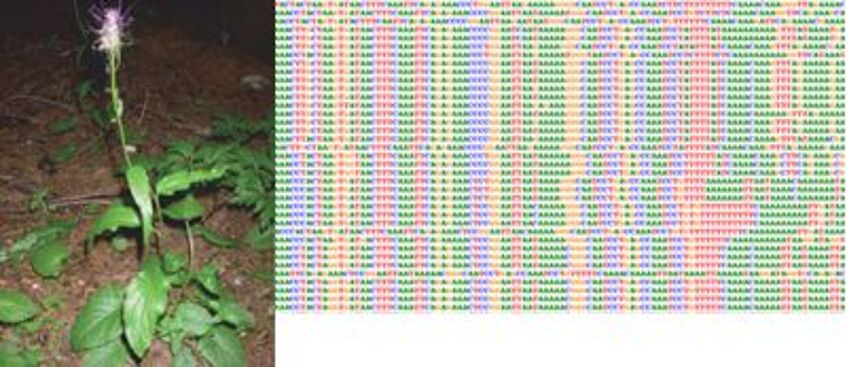SS 2022: Drivers of plant and fungal diversity: from genomes to biomes
Evolution of repetitive DNAs in chile peppers (genus Capsicum)
Chiles (Capsicum spp., Solanaceae) are well-known vegetables and spices consumed worldwide. Most cultivated varieties belong to three species, but the genus includes over 30 wild species native to Central-South America. The current project aims at comparative analyses of the type and dynamics of two abundant repetitive DNAs in cultivated pepper, C. pubescens, using fluorescent in situ hybridization (FISH) and bioinformatic data analyses (RepeatExplorer). The data will be interpreted in the context of the evolution of repeats available for other wild chiles species. This will allow for better understanding of genome polymorphisms associated with human-assisted selection.
Supervisor: Hanna Schneeweiss
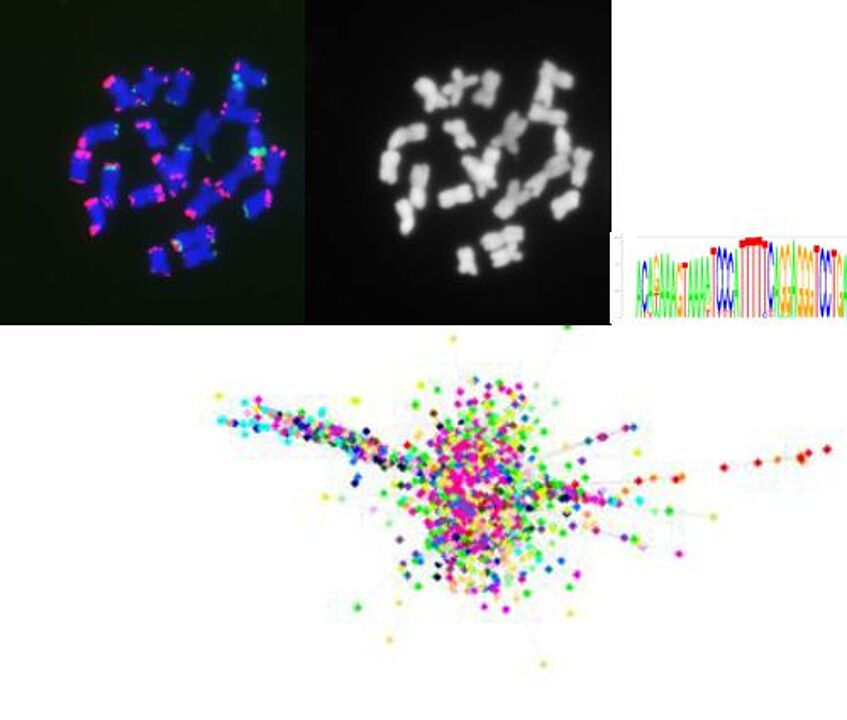
Floral signals and pollinator behavior in Aesculus hippocastanum
Flowers of the horse chestnut undergo an ontogenetic color change: their nectar guides turn from yellow to red. The colors act as a signal for bees, indicating the reward status of flowers and thus potentially increasing pollination success. This hypothesis will be tested adressing whether bees learn the floral signals (color, scent). In addition, field measurement will be performed to understand how reliable these signals are in a natural context. Methods include field observations of pollinators, nectar measurements, quantification of floral scent and color and behavioral assays with naive bumble bees. This research can be extended into a master thesis.
Supervisors: Florian Etl & Jürg Schönenberger
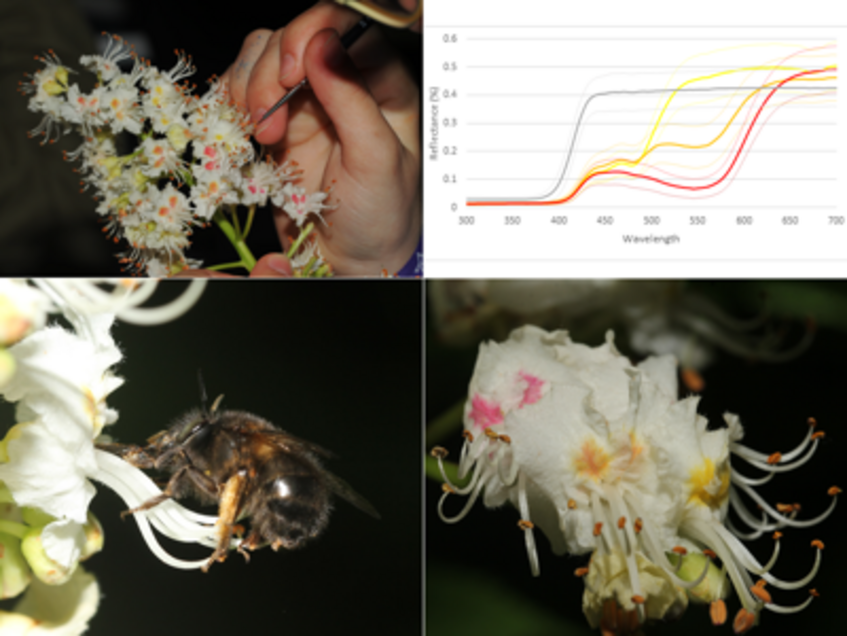
Growth performance and desiccation tolerance of terrestrial Nostoc
The cyanobacterium Nostoc is found in both terrestrial and aquatic habitats. On soil, the specimens are sometimes found completely dried (resembling old paper). You will focus on the desiccation process and recovery of photosynthetic performance during rewetting. Moreover, you will compare raw cultures grown in liquid media with exemplars cultivated aerophytically on hard substrate.
Supervisor: Michael Schagerl
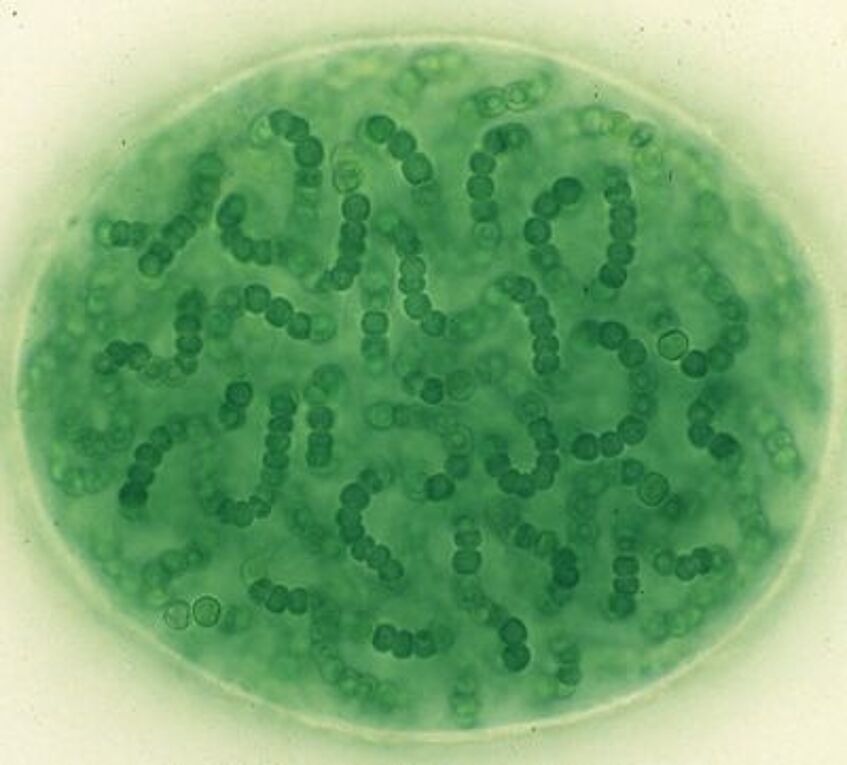
Three-dimensionally preserved fossil fruits from the Cretaceous of Southern Bohemia
The Cretaceous fossil record is crucial for our understanding of angiosperm diversification. Together with paleobotanists from Prague, we have recently collected Late Cretaceous sediments (ca. 90 million year old) from Southern Bohemia containing numerous charcoalified angiosperm fossils (mostly tiny fruits and seed). The goals of this specific research project will be (1) to extract fossils by sieving a sediment sample, (2) to sort and identify potentially interesting fossil fruits, and (3) to morphologically analyse and describe a small number of selected fossils. Methods will involve Scanning Electron Microscopy and High Resolution X-Ray Computed Tomography. The project has the potential to be extended into a master thesis.
Supervisors: Jürg Schönenberger & Maria von Balthazar
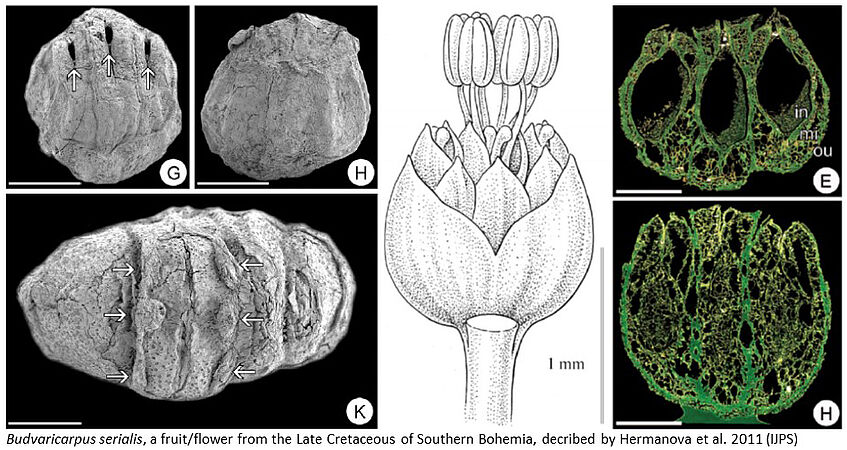
Environmental stress at the cellular level
This research project is focussed on Arabidopsis thaliana cell lines that differ in the amount of stomata and their arrangement. Specific traits of these lines will be verified using PCR and anatomical studies (microtome sections) of leaf cross-sections.
Supervisor: Ingeborg Lang
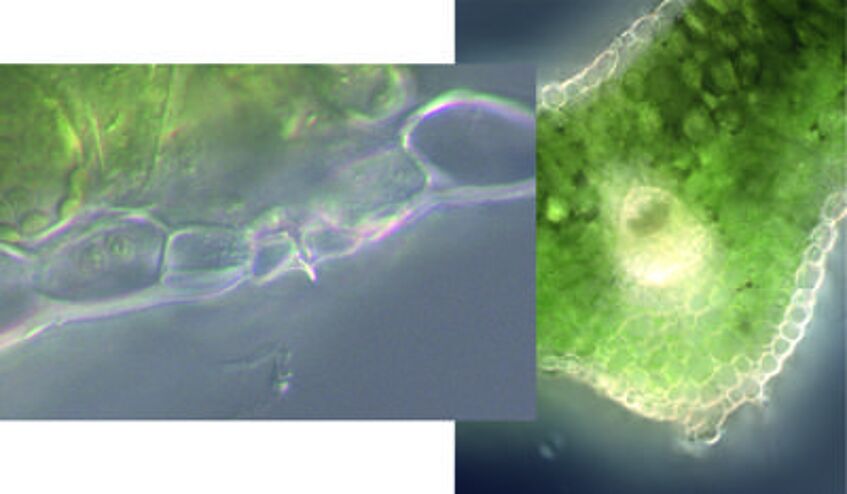
Repetitive DNA profiles in the moss Funaria hygrometrica
Repetitive DNA is an important and often dominant component in angiosperm genomes. Very little is, however, known about the genomic landscape of repetitive DNA families in Bryophytes. In this project NGS (Illumina) genome skimming data of the moss Funaria hygrometrica will be analysed, including clustering via the dedicated RepeatExporer pipeline as well as annotation and characterization of the repetitive element types populating the moss genome. The project will provide first comprehensive insights into the repetitome of Bryophytes.
Supervisors: Hanna Schneeweiss
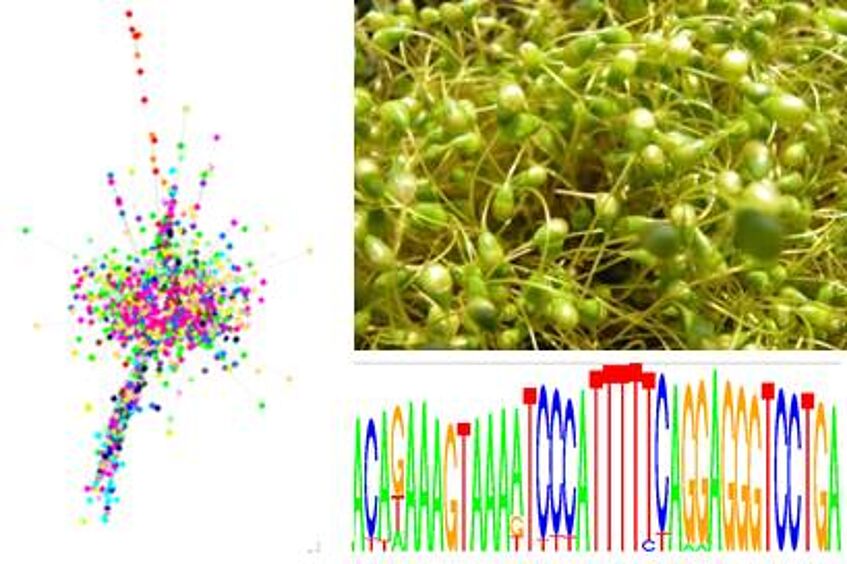
Transcriptomic drivers of the ecological divergence between sibling allopolyploids marsh orchids
Whole genome doubling and hybridization profoundly shaped plant genome evolution. To be successful, first generations polyploids must quickly adjust their genome and function, thereby altering their ecological properties and adaptive success, as a function of their environment. This project will investigate in detail the molecular basis of the eco-physiological divergence between two orchid tetraploids (Dactylorhiza), focusing for example on preferences for distinct soil types or different photosynthetic characteristics.
Supervisor: Ovidiu Paun
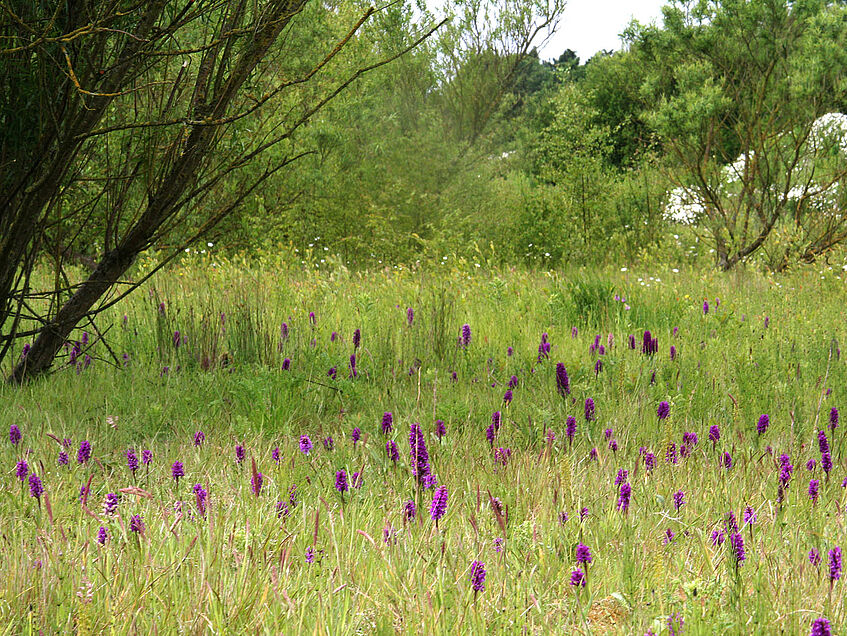
Movement of the cyanobacterium Limnospira
The planktonic filamentous cyanobacterium Limnospira fusiformis is a species of alkaline environments. The species, which is a main food source for Lesser Flamingos, possesses a usually spirally twisted cell that is able to rotate. Using algal cultivation experiments, the project aims to identify the trigger(s) for this movement.
Supervisor: Michael Schagerl
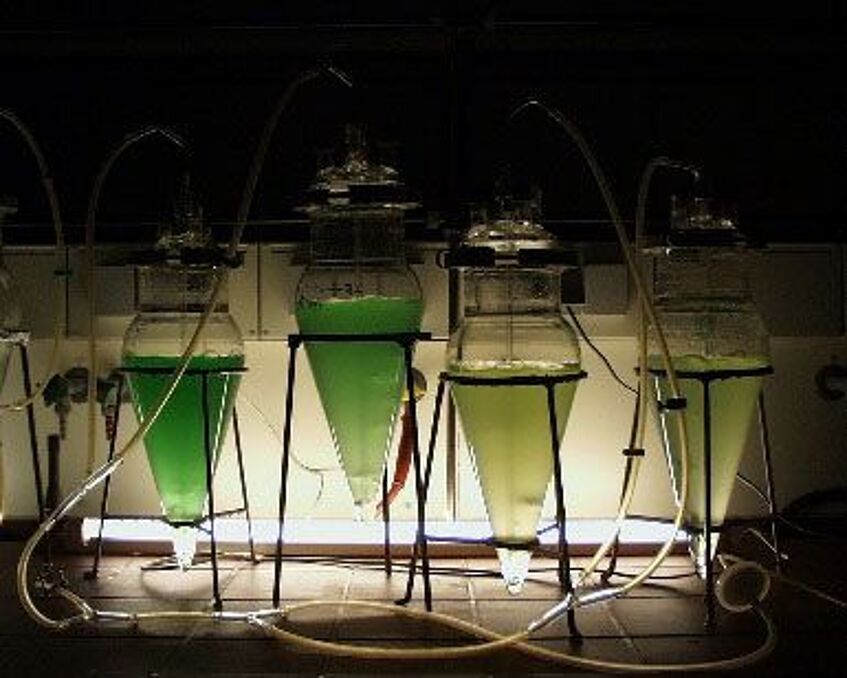
Pollinator attraction in deceptive Arum cylindraceum
Arum has evolved deceptive kettle traps, which deceive their pollinators by mimicking cow dung or fermenting fruits. The pollinators get trapped within the pollination chamber and are released after 24 hours. While in Arum maculatum and Arum nigrum, which occur in western Austria and Italy, respectively, pollinators are abundant, A. cylindraceum in Vienna rarely attracts any insect visitors at all. Anthesis, floral scent and visitors of the three species will be compared and transfer experiments will be conducted to find out more about the different attractiveness for insects. Methods include pollinator observations, floral scent collection and breeding system experiments. This project can be extended into a master thesis.
Supervisor: Florian Etl
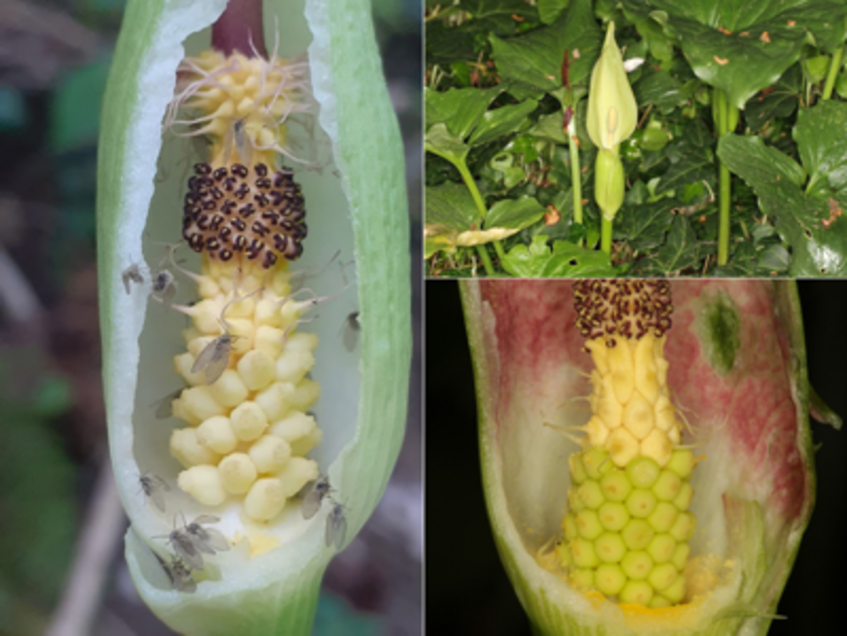
How many species of Gyromitra / Discina are present in Austria?
There are several ascomycetes with large fruiting bodies (genus Gyromitra) and some with small fruiting bodies, formerly classified in the genus Discina. It is, however, unclear, how many entities actually occur in Austria? To this end, DNA-sequencing of nuclear ITS (i.e., the most common DNA barcode for fungi) and (micro)morphological analysis of the fruiting bodies will be used.
Supervisors: Irmgard Greilhuber & Michael Barfuss
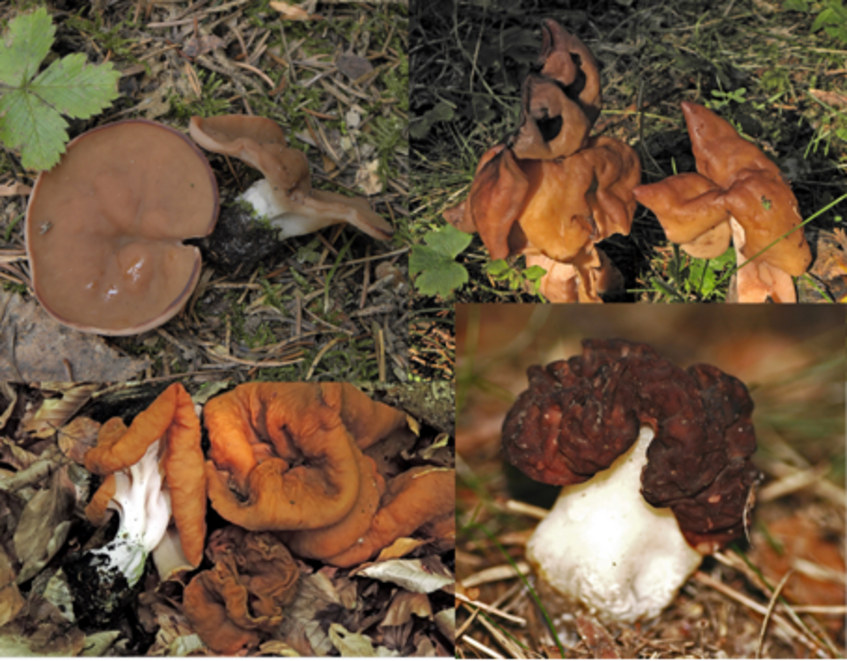
Trap movement in the carnivorous plant Drosera rotundifolia
The sundew, Drosera, uses various types of sticky and motile tentacles to catch its prey, mainly tiny insects. So-called snap tentacles have been reported to move within fractions of a second to immobilize animals in some Australian species, but have been described recently also in some, but not all Austrian D. rotundifolia. This project aims to characterize the movement of snap tentacles and other tentacle types, to identify the stimuli triggering their movement and to clarify the role in prey capture.
Supervisor: Marianne Koller-Peroutka & Wolfram Adlassnig
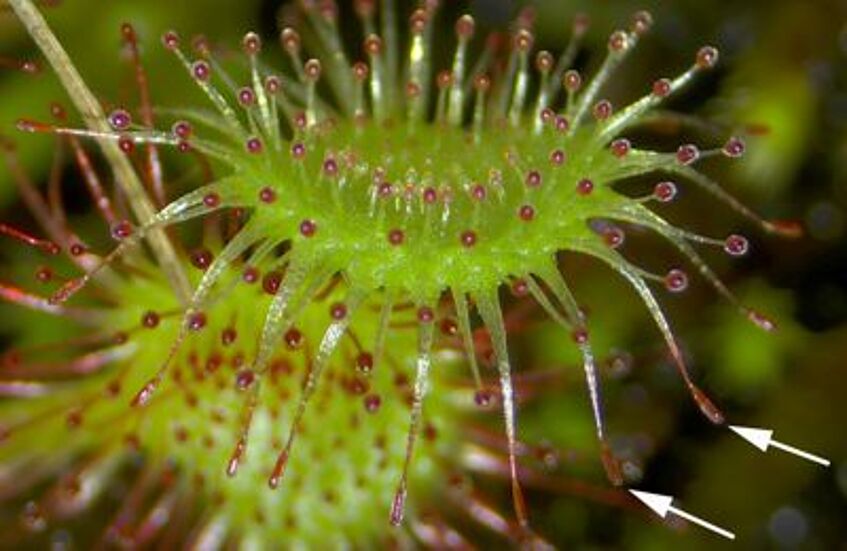
Origin and evolution of polyploid species in Melampodium (Asteraceae)
The origin of polyploids and its impact on the dynamics of plant genome evolution is of major interest in evolutionary botany. In this project RAD-seq data will be used to establish the phylogenetic framework in which the recurrent and nested origin of polyploids (tetraploids and hexaploids) will be tested. Furthermore, these data will form the basis for identifying the geographic origin and its possible ecological correlates of the polyploids.
Supervisors: Hanna Schneeweiss & Gerald M. Schneeweiss
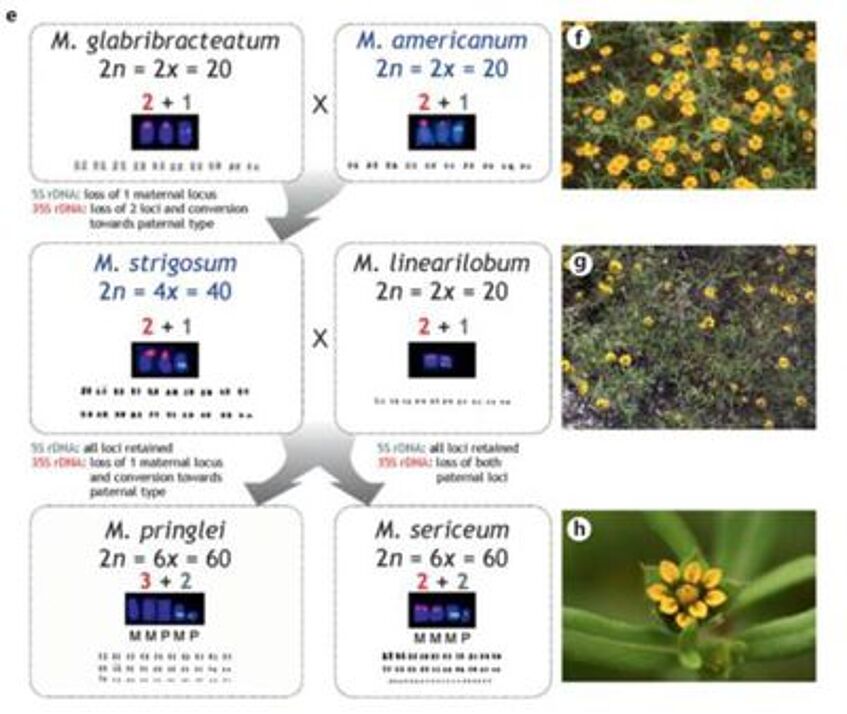
Pleistocene phylogeography in a European forest herb
Plants responded to Pleistocene climate oscillations by range shifts. Whereas southern refugia (e.g., on the Balkan Peninsula) are undisputed, northern refugia (i.e., north of the Alps) are still contentious, in particular for forest species. In the absence of fossil evidence (lacking for the vast majority of herbaceous species), genetic data have to be used to test the hypothesis of a northern refugium. However, genetic footprints of in situ survival may no longer be detectable due to genetic swamping after hybridization with immigrating lineages, and this is true even for phylogenomic data derived from, for instance, RAD-sequencing. Due to the specific mode of inheritance, genetic swamping is of less concern for markers from the plastid genome. In this project, plastid sequence data will be generated via Sanger sequencing for Phyteuma spicatum (Campanulaceae), a widespread European species of beech forests, to test the hypothesis of a northern refugium. This work is embedded within an ongoing research project on phylogeny and phylogeography in Phyteuma.
Supervisor: Michael Barfuss & Gerald M. Schneeweiss
